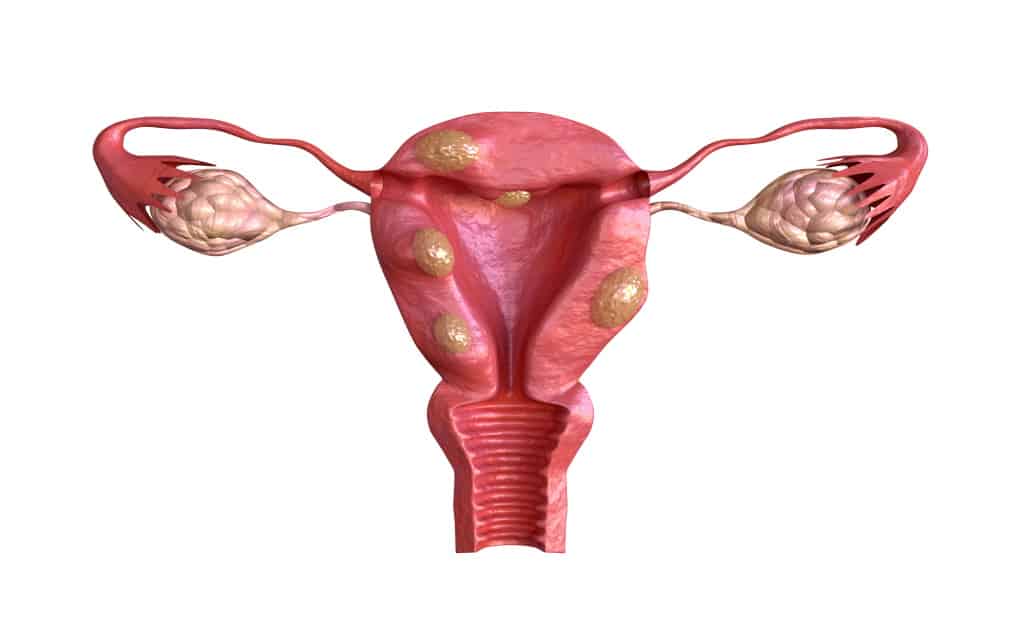Uterine fibroids are one of the basic causes of prolonged, painful, and heavy bleeding. This can be disruptive and can prevent you from accomplishing your daily activities and enjoying your life quality. Fortunately, Ulas Bozdogan, MD, FACOG, a New York myomectomy specialist at Advanced Endometriosis Center, can help you. Dr. Bozdogan provides effective treatments for uterine fibroids, including myomectomy, which can relieve your symptoms faster with minimal pain. But, what does myomectomy fibroid treatment entail? Read below for more information about the treatment procedure.
Understanding Myomectomy
Generally, this is a surgical subtraction of fibroids from the uterus. The uterus is left in place, and your chances of becoming pregnant are increased from before. That is why the treatment procedure is the preferred choice for those who want to become pregnant in the future. However, it is good to note that pregnancy is not guaranteed.
Before the procedure, your provider may shrink the fibroids through gonadotropin-releasing hormone analog therapy, which can minimize blood loss during your procedure. This therapy lowers the amount of estrogen produced by your body and can improve anemia before your treatment.
How it is Performed
Myomectomy can be performed in three different surgical ways as outlined below:
· Hysteroscopy, where your provider inserts a lighted viewing tool through your vagina all the way through to your uterus.
· Laparoscopy, where your provider makes one or more small incisions in your abdomen to insert the lighted viewing tool.
· Laparotomy, where your provider makes large incisions in your abdomen to access the uterus.
The technique applied depends on several factors, including the location, size, and the number of fibroids to be removed. A hysterectomy will be used to remove fibroids along the inner uterine wall if they have not grown deep within the wall. Laparoscopy will mainly be recommended to remove one or two fibroids that have developed outside the uterus. Laparotomy will be recommended to remove large or many fibroids that have extended deep into the uterine wall. Besides, laparotomy can be used to correct bowel or urinary complications when avoiding organ damage.
What You Can Expect After Treatment
Your time at the hospital varies depending on the treatment method used. If hysteroscopy is used, you may spend less time at the hospital as it can be performed as an outpatient procedure. For laparoscopy, you might spend a day in the hospital, although it can also be performed as an outpatient procedure. Laparotomy can see you spending up to four days in the hospital.
Your recovery also depends on the method used. For hysteroscopy and laparoscopy, you might recover within a few days or up to two weeks. For the laparotomy, recovery can take between four to six weeks.
Recurrence
Note that fibroids can regrow after your treatment. However, this depends on the original issue you had, as fibroids that were originally large and numerous are more likely to reoccur. Please consult your provider to understand if your type of fibroids is likely to regrow.
Pregnancy
As mentioned earlier, myomectomy is the best fibroid treatment procedure for you if you are not done with bearing children. It is the only treatment that can improve your chances of becoming pregnant, particularly if you are suffering from submucosal fibroids. However, remember that pregnancy is not guaranteed after the treatment.
Explore more about myomectomy at Advanced Endometriosis Center by contacting Dr. Bozdogan, who can diagnose your condition and evaluate if the treatment procedure is suitable for you.



